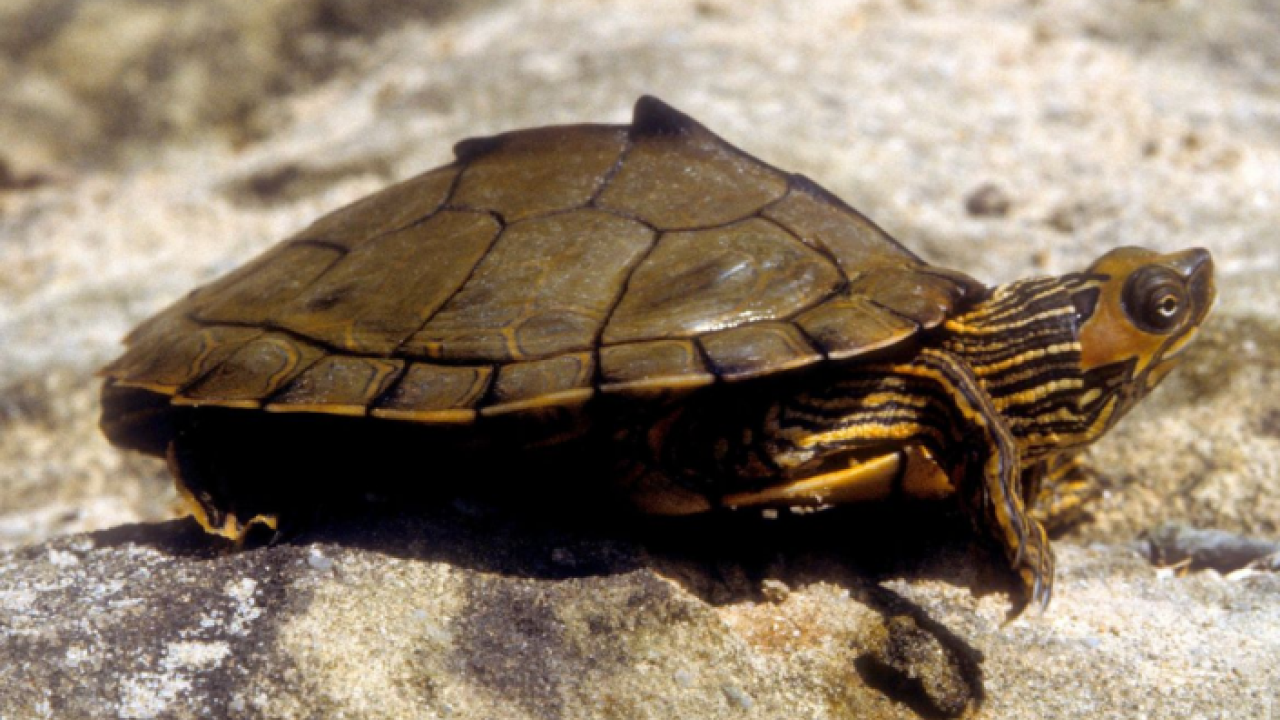In January, President Joe Biden made an important conservation pledge to conserve 30% of United States lands and waters by 2030. A new study, led by Peter Kareiva (UCLA Institute of the Environment and Sustainability), suggests that utilizing private property through conservation easements could be the most successful and feasible approach to achieving this goal.
There are four primary strategies to protecting at-risk species: land acquisitions by government entities, land acquisitions by nonprofit organizations, governmental regulations and conservation easements. Easements are growing in popularity since they allow private property owners to voluntarily give the government or conservation organizations the legal right to use their land. This usually manifests as restrictions in the amount and type of future development allowed on the property.
Kareiva’s new study provides support for the use of these conservation easements. It shows that many threatened and endangered species are primarily, or only, found on private lands. This makes private property crucial to conservation efforts. Since the study only focused on Alabama, however, researchers acknowledge that there may be some regional differences in the value of easements. This is because effectiveness depends upon whether species of high conservation priority exist on private lands. It will therefore be the public-private combination of well-positioned conservation easements with the existing network of protected public lands that will make the 30% by 2030 goal possible.
Read more at UCLA Newsroom
Study Authors:
Peter Kareiva, Aquarium of the Pacific; UCLA, Institute of the Environment and Sustainability
Mark Bailey, Conservation Southeast, Inc.
Dottie Brown, Brown Environmental 13
Barbara Dinkins, Dinkins Biological Consulting, LLC
Lane Sauls, VHB
Gena Todia, Wetland Resources Environmental Consulting





